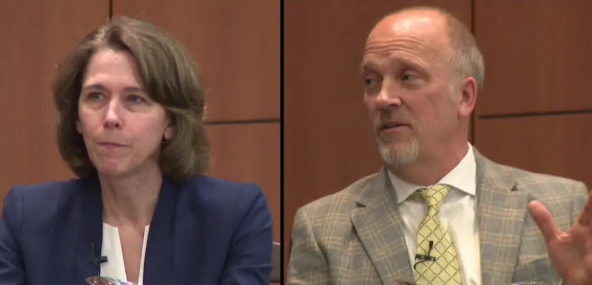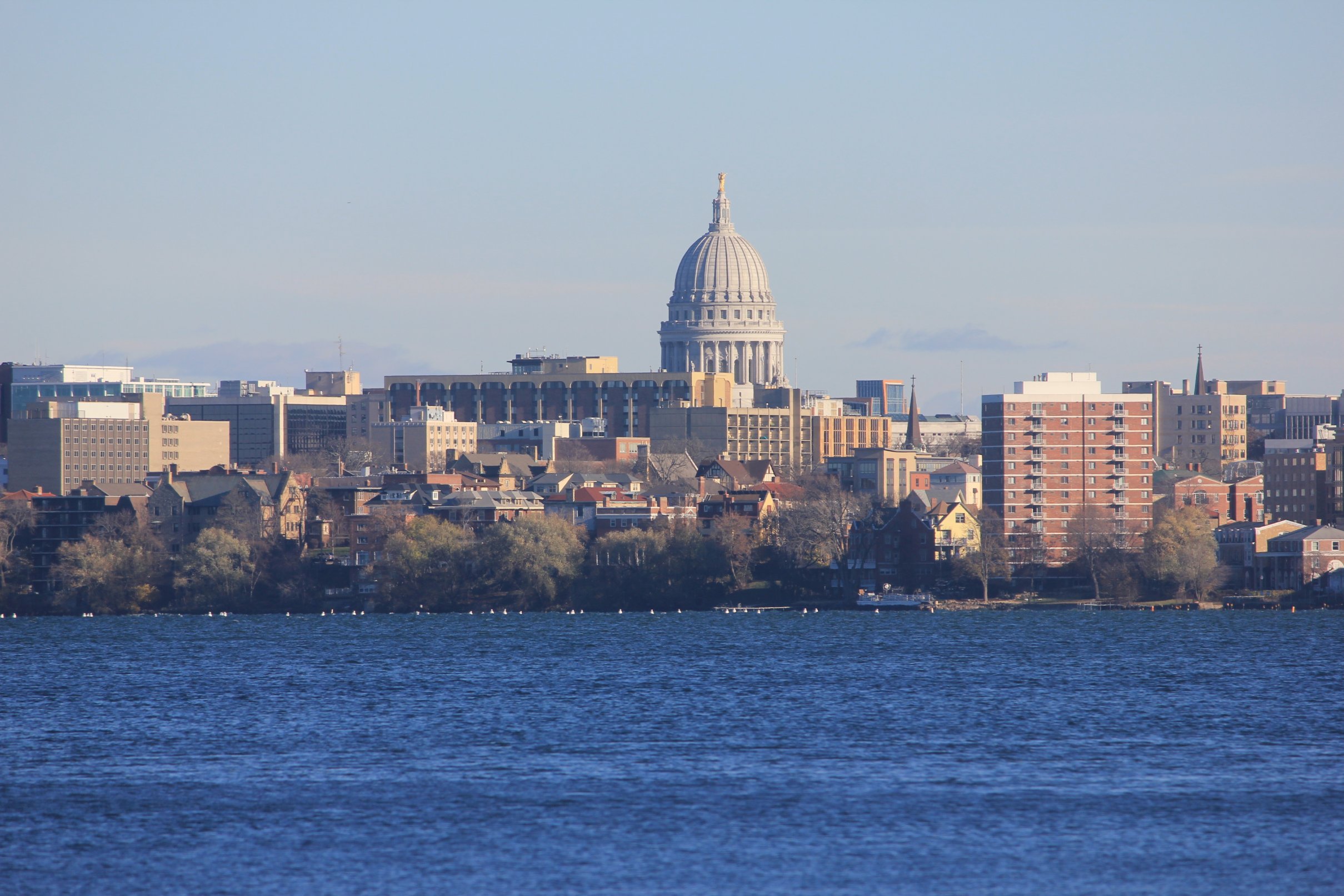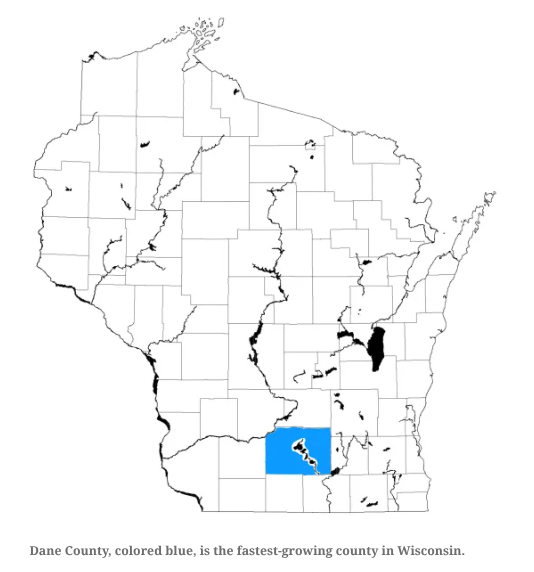Wisconsin Supreme Court election will determine the court's ideological balance, influencing key issues like redistricting, union rights, and abortion laws.
What to Know:
- Conservatives lost the court in 2023; 2025 is their chance to take it back.
- Liberals overturned GOP maps in 2024 and could flip 2 congressional seats.
- Crawford raised $2.8 million; Schimel raised $2.2 million in a record race.
- Act 10 from 2011 is under legal threat and could be overturned.
- 50,000 students rely on school choice, which liberals may restrict.
In 2023, conservatives in Wisconsin suffered a major setback. The state Supreme Court, long considered a conservative stronghold, flipped to a 4-3 liberal majority in what became the most expensive judicial election in American history. That victory allowed liberals to throw out Republican-drawn legislative maps, and it set the stage for new legal challenges to laws that had defined Wisconsin politics for over a decade.
Now, with another Supreme Court seat up for grabs in 2025, conservatives have a chance to take back control. But if they fail, the consequences could stretch far beyond Wisconsin—potentially shifting the balance of power in Congress and altering the state’s political landscape for years to come.
A High-Stakes Battle Between Susan Crawford and Brad Schimel
The election set for April 1, 2025, is a showdown between two candidates: Susan Crawford, a Dane County Circuit Court judge backed by liberals, and Brad Schimel, a Waukesha County judge and former Attorney General with the support of conservatives.
Crawford is a veteran of Democratic legal circles. She previously served as chief legal counsel to former Governor Jim Doyle and worked as an assistant attorney general in both Wisconsin and Iowa. With endorsements from all four liberal justices on the state Supreme Court—including the retiring Justice Ann Walsh Bradley—Crawford has positioned herself as a candidate who will continue the leftward shift of the court. Her campaign has drawn millions in donations, with Democratic organizations working to keep the seat in their hands.
Schimel, on the other hand, is no stranger to Wisconsin politics. As Attorney General from 2015 to 2019, he built a reputation as a staunch conservative, tackling issues like public safety and defending Republican-backed legislation. He enters this race with major backing from the Wisconsin GOP, along with a war chest that matches Democratic fundraising efforts. Unlike the conservative candidate in 2023, who lacked name recognition, Schimel has won statewide before, and Republicans are betting that his experience will give them an edge this time.
Why This Election Could Shift the U.S. House
In 2024, after gaining control of the court, liberals struck down Republican-drawn legislative maps, leading to significant shifts in power. If Crawford wins in 2025, the court could take up another map challenge—this time at the congressional level. The potential consequences are enormous: Wisconsin could lose two of its six Republican-held congressional seats, reducing the GOP’s delegation from 6-2 to 4-4.
The numbers paint a clear picture. The U.S. House of Representatives currently operates under a razor-thin Republican majority, with the GOP holding just 219 seats to the Democrats’ 216. If Wisconsin’s congressional map is redrawn again, shifting two seats from red to blue, the balance of power in Washington could swing dramatically. A net loss of just five seats nationwide could cost Republicans control of the House.
This means the 2025 Wisconsin Supreme Court election isn’t just a state issue—it’s a national fight. If Republicans lose the court again, they may find themselves losing their grip on Congress in 2026 as well.
The Fight Over Act 10 and School Choice
Beyond redistricting, another issue looms large: Act 10, the law signed by former Governor Scott Walker in 2011 that gutted collective bargaining rights for public-sector unions. Conservatives have long defended Act 10 as a critical policy that curbed union power and protected taxpayers. But now, it’s back in the courts, and if the Supreme Court remains in liberal hands, its survival is uncertain.
A recent ruling from a Dane County judge challenged parts of Act 10, arguing that restrictions on union bargaining violated workers’ rights. While the ruling didn’t overturn the law statewide, it created a precedent that could lead to broader challenges. If Crawford is on the bench when the case reaches the Supreme Court, Act 10’s fate could be sealed.
Meanwhile, conservatives worry that Wisconsin’s school choice program—a model that allows parents to use state-funded vouchers for private and religious schools—could also come under threat. Crawford’s husband has been an outspoken opponent of school choice, raising concerns that she may be sympathetic to legal challenges aiming to weaken or eliminate the voucher system.
For parents who rely on school choice, the stakes couldn’t be higher. A court that leans left could mean stricter regulations or even the dismantling of the program, shifting power back to public school districts and unions.
Republicans Won’t Make the Same Mistakes This Time
The 2023 election was a wake-up call for Wisconsin conservatives. Outspent and outmaneuvered, they lost control of a court that had been a legal firewall for years. But this time, they’re not taking any chances.
Schimel has statewide name recognition, a strong track record, and the full backing of the GOP. Unlike in 2023, conservative donors are matching liberal fundraising early, ensuring they won’t be left scrambling for resources in the final stretch. The messaging is also different: Republicans are making sure voters understand what’s truly at stake—not just state policy, but national political control.
With the next Wisconsin Supreme Court elections happening every year for the next five years, both sides know this race is about more than one seat. If conservatives can flip the court now, they’ll have a foothold to win back power over the coming years. If liberals hold onto their majority, they’ll be in a position to build an unbreakable dominance for the rest of the decade.
Wrap Up
For Wisconsin voters, the 2025 Supreme Court election isn’t just about the judges who will sit on the bench—it’s about the direction of the state for years to come. Will the court continue to reshape laws and political maps in ways that favor Democrats? Or will conservatives reclaim a majority and put an end to the left’s judicial momentum?
After the lessons of 2023, Republicans are prepared for a fight. But in a state that has become one of the most fiercely contested battlegrounds in America, nothing is certain until the votes are counted.
---





